
5 Best Tips to Increase your Child’s Memory
5 Best Tips to Increase Your Child’s Memory
In this article, you will learn about 5 best tips to increase your Child memory. Working Memory involves the ability to keep information active in your mind for a short time (2-3 seconds) to be able to use it for further processing. Working memory is a temporary storage system and is vital for many day-to-day tasks (e.g. following instructions, responding in conversations, listening and reading comprehension, organisation). Working memory is important for putting information that we are learning together with our current knowledge base (i.e. long term memory
Working memory is crucial for academic performance as it is an important part of executive functioning (e.g. planning, initiating, task monitoring, organisation). At school, the areas of learning that are greatly affected by poor working memory are math, reading comprehension, complex problem solving, and test taking. The biggest impact on school work occurs from difficulties with math and reading comprehension. Working memory is much like a bucket that you can keep filling up using a glass of water. Regarding this Best Day care franchise in India will do a great job.
Every drop that you add remains in the bucket unless over time memory evaporates through lack of repeated use. In children with poor working memory, it is much like the bucket has a hole in the bottom. You can keep tipping in glasses of water (information/knowledge) but it continually drains out.
Here are 5 best tips to Increase your Child’s Memory:
1. Practice makes Permanent
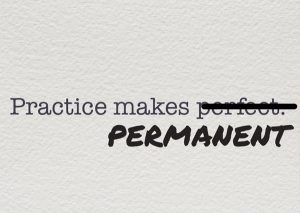
Information from each of the senses is stored in a part of the brain specific to that sense. Review material using multiple sensory activities so different neural networks store the knowledge in multiple brain regions. Your children’s brains will build multiple pathways leading to the stored memory, which makes retrieval more efficient. When a memory has been recalled often, this repeated neural circuit activation makes the memory stronger—like exercising a muscle.
2. Playing Memory Games
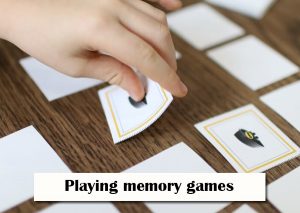
There are many games that reinforce the need for memory (Uno, Memory and card games), but there are also small things you can do around the house. “Do you remember what mummy needed from the shop today?” Involve your children in your day—the things you need to remember, the person you need to call, the email you need to send. When you are travelling, ask them to tell you what letters are on the number of plates of other cars. Then turn them into words or practice saying them backwards.
3. Help make Connections.
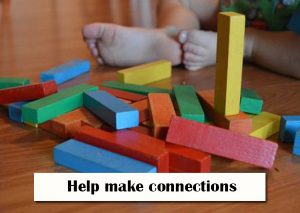
When new memories fail to “stick” it’s often because they have no prior knowledge to attach to. Therefore, helping your child to create connections among the things they’re learning can strengthen their memory. Help your child form associations that connect the different details he’s trying to remember. Grab your child’s interest with fun mnemonics like Roy G. Biv. (Thinking about this name can help kids remember the order of the colours in the rainbow.) Finding ways to connect information helps with forming and retrieving long-term memory. It also helps with working memory, which is what we use to hold and compare new and old memories.
4. Take the Stress out of Learning.

Stress causes the brain intake systems to send information into the Reactive brain (automatic-fight, flight, freeze) and prevents information flow through to the Reflective higher thinking, conscious brain (prefrontal cortex) where long-term memory is constructed. That means that creating high-pressure study situations will probably harm your kid’s memory. Instead, establish enjoyable rituals (favorite songs, card games, ball toss) or surprises (a fun picture downloaded and printed from the internet) before study time to destress the study experience and open up the brain networks that lead to memory storage.
5. Reinforce Visual Connections

When Busy Mornings mean that you have reached ‘headless chook’ status, don’t be tempted to bark instructions from the busy kitchen! Children often miss instructions when other distractions compete for their attention. Take a moment to stop and speak to your child’s face to face. Ask them to make their bed and brush their teeth but have them close their eyes first and imagine what the bed will look like when it’s made. Suggest some ideas at first, and then ensure that you give time for them to respond. Where will the pillow be? How will the blanket look? Then, ask them where they are going next. What will do their teeth feel and look like when they are finished cleaning?

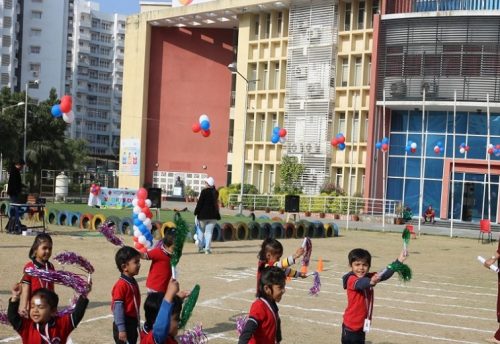

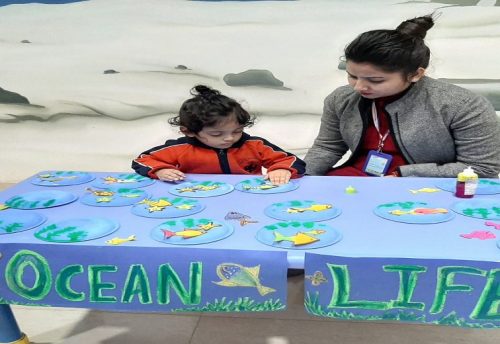

Leave a Reply